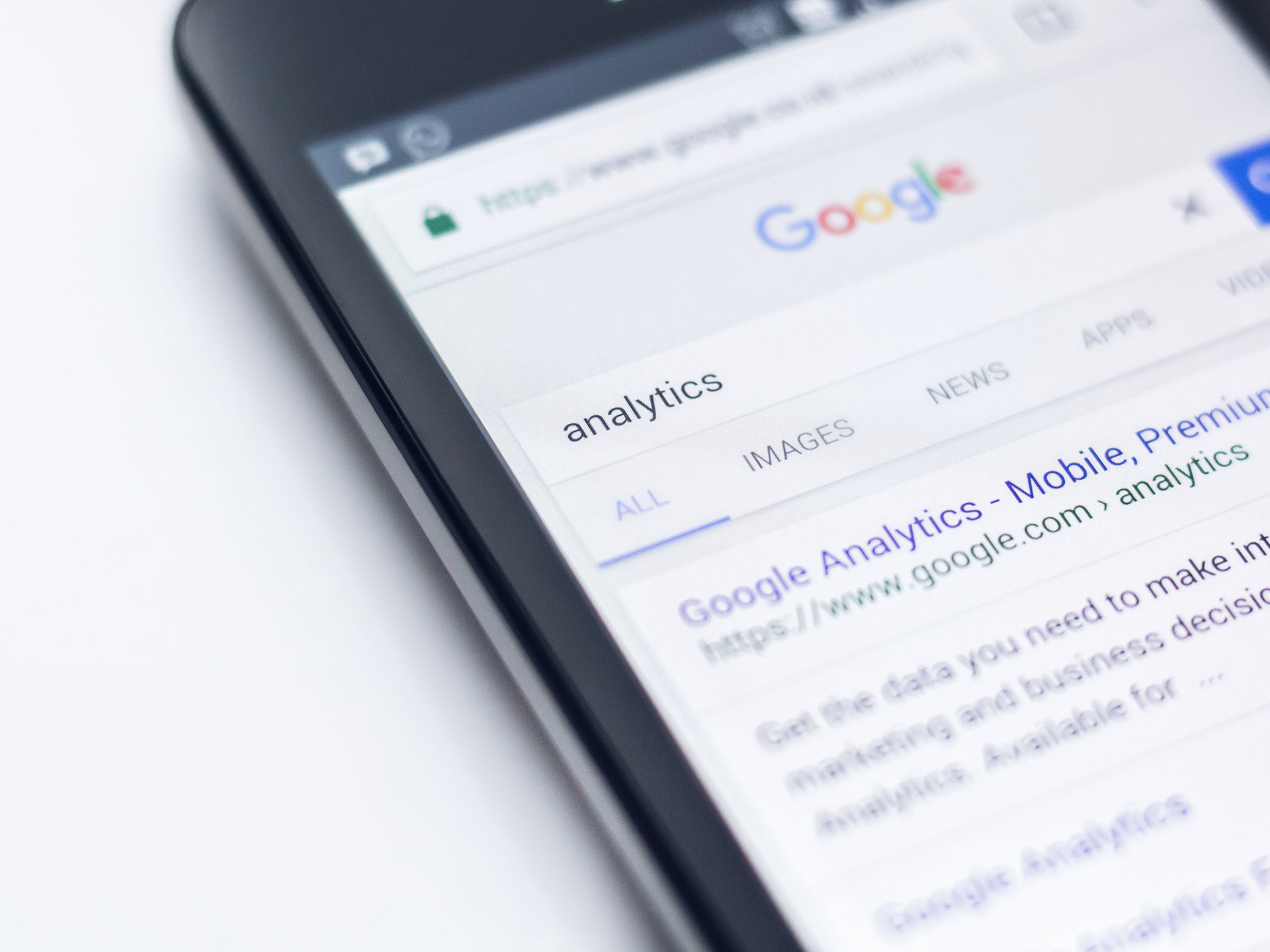Originally published October 28, 2025 , updated on November 11, 2025
For a long time, many businesses viewed diversity, equity, and inclusion (DEI) as something nice to have – a box to tick rather than a necessity. It was treated as a line item in the annual report or a training session that had to be completed.
The world has changed. Today’s consumers are more informed and more discerning than ever before. They are driven by their values and care deeply about what a brand stands for. This is why the conversation around DEI in marketing is more than a simple matter of compliance.
There are real benefits to making sure your business is inclusive and diverse. When you genuinely integrate DEI into your marketing, you start connecting with people. You build trust and open your doors to a much larger market.
Let’s explore how authentic DEI strategies can expand your brand’s reach and deepen its resonance.
Why DEI in Marketing Is so Important

When you think about your own buying habits, it’s easy to understand why DEI in marketing is necessary. Seeing an advertisement that reflects your reality, featuring people who look like you or share your experiences, makes you feel seen. On the other hand, ads that rely on stereotypes or ignore a whole segment of the population, come across as out of touch or even alienating.
Studies show that consumers are more likely to trust and buy from brands that demonstrate a commitment to diversity and inclusion. They want to see themselves in your story. By embracing DEI in marketing, you are telling a wider array of people that you see and value them. More than that, it shows that your business or product was built with them in mind.
This is the foundation of an authentic connection. It’s the difference between a one-time sale and a lifelong customer.
Building a Foundation of Workplace DEI
You can’t market authentically to diverse audiences if your own workplace lacks diversity. Authentic external marketing is a direct reflection of your internal culture. This is why workplace DEI is non-negotiable.
A team where everyone comes from a similar background and shares the same worldview is unlikely to support creative ideas and discussions about diverse customer experiences. In that kind of environment, conversations and decisions that could positively impact the business are likely being missed.
A diverse and inclusive team brings a wealth of different experiences and insights to the table. When your marketing team, content creators, and leadership include people of different races, genders, ages, abilities, and sexual orientations, your campaigns become richer and more nuanced. They can spot a potentially insensitive stereotype before it goes live or suggest a cultural reference that will resonate with your audience.
Investing in workplace DEI equips your business with the perspective it needs to succeed in a diverse world.
Practical DEI Strategies for Your Marketing
Once your internal culture reflects inclusion, you can begin to implement DEI strategies in your marketing. Here are a few important considerations for making inclusivity part of your business’s messaging.
1. Know Your Audience
Market research should go beyond basic demographics. Seek to understand the cultural nuances and challenges of different communities. Use surveys or focus groups to learn what matters most to them and how your product or service can meet their needs.
2. Audit Your Content with DEI in Mind
Take a look at your existing website, blogs, social media, and advertising. Ask whose stories you’re telling, and whose you are leaving out. Check whether your visuals are authentically diverse, or feel tokenistic. Make sure your language is inclusive and free from jargon or unconscious bias. A content audit can be eye-opening and provide a clear roadmap for improvement.
3. Co-create with Communities
Instead of marketing to a community, market with them. Partner with diverse creators or consultants. Bring them in during the creative process, not just at the end to put a face on a pre-determined campaign. This approach ensures your messaging is authentic and respectful and makes for stronger collaborations.
4. Be Mindful of Representation and Stereotypes
Representation matters, but it must be done right. Avoid one-dimensional portrayals. Show diverse people in positions of authority and in everyday situations. Actively work to dismantle stereotypes rather than reinforce them.
Expanding Your Market Reach

When you get DEI right, the business benefits are clear. By engaging audiences who’ve been historically overlooked, you connect with new, loyal segments of your market.
For example, think about the purchasing power of people with disabilities, a group often ignored by mainstream marketing. Companies that prioritize accessibility in their products and their messaging are opening up to a huge market while also making people feel seen and valued.
This is the real impact of DEI in marketing. You’re not narrowing your message to fit a niche – you’re broadening it to welcome everyone.
Integrating DEI Is a Process
Integrating DEI isn’t a one-off campaign – it’s an ongoing commitment. Mistakes may happen along the way, but learning and adapting are part of the journey. Be transparent about your progress.
By building a strong foundation of workplace DEI and implementing thoughtful strategies, you create a brand that people believe in and want to be part of. You build a brand that has a community based on trust and openness.
Post Views: 182


















